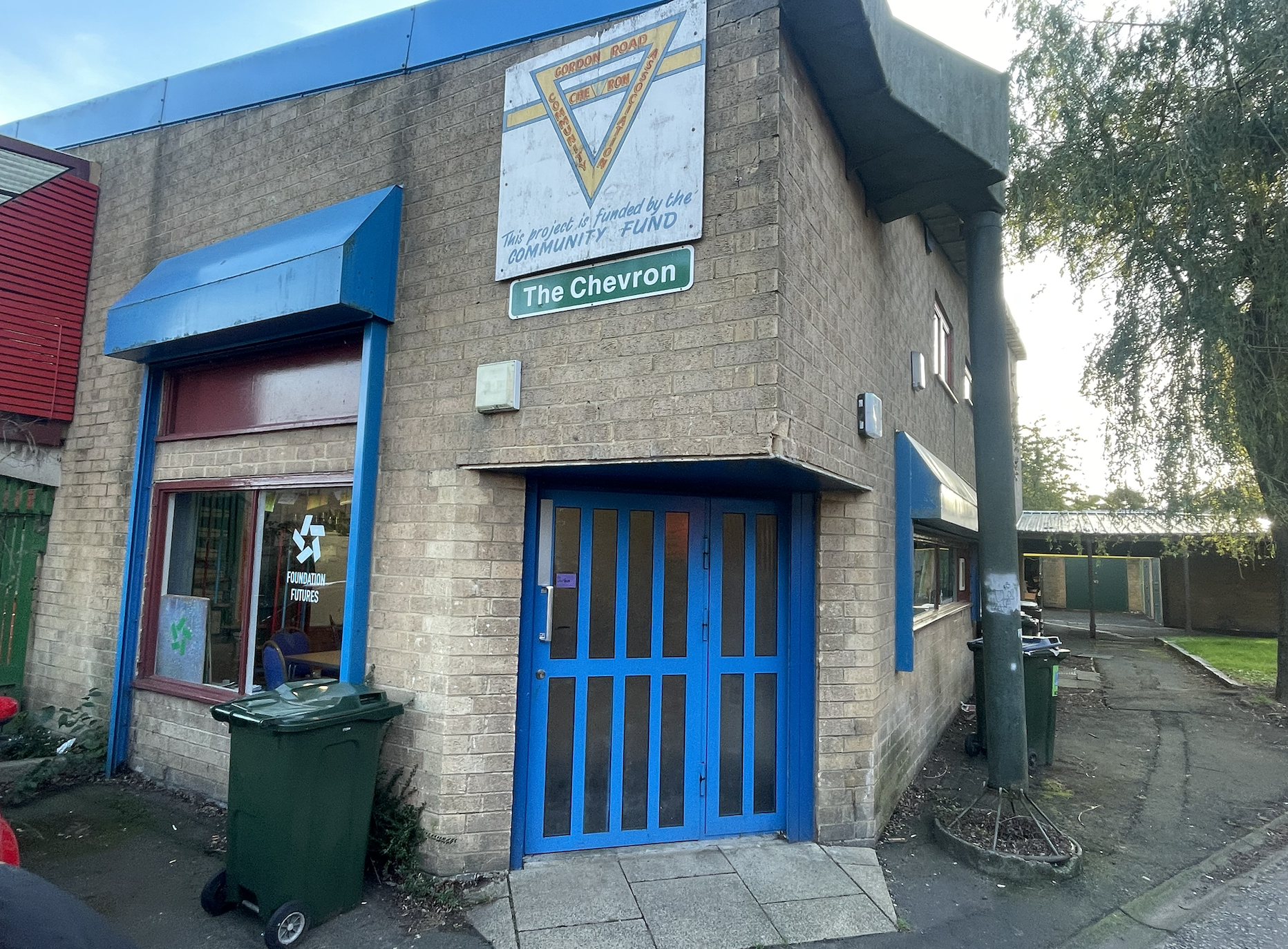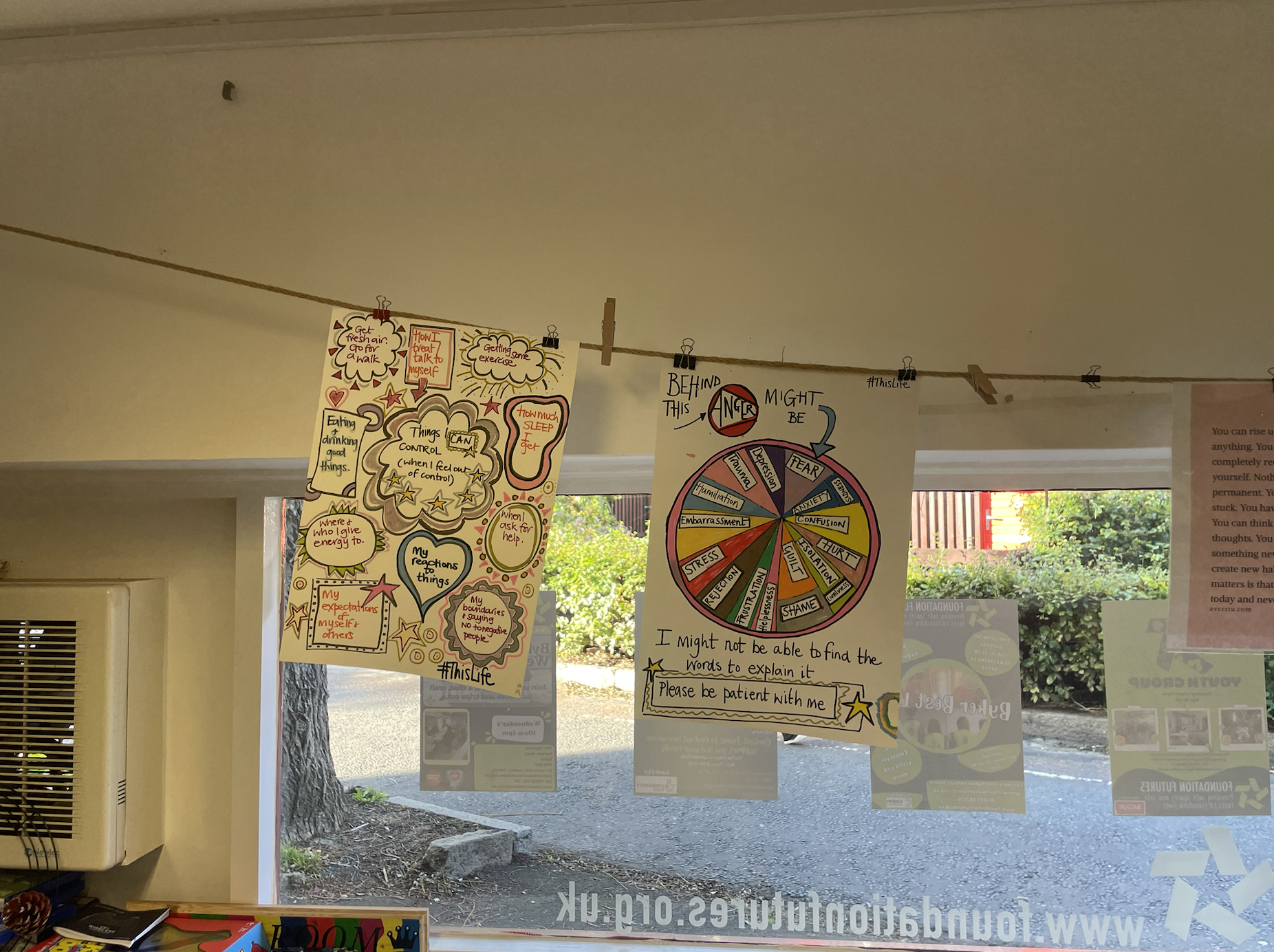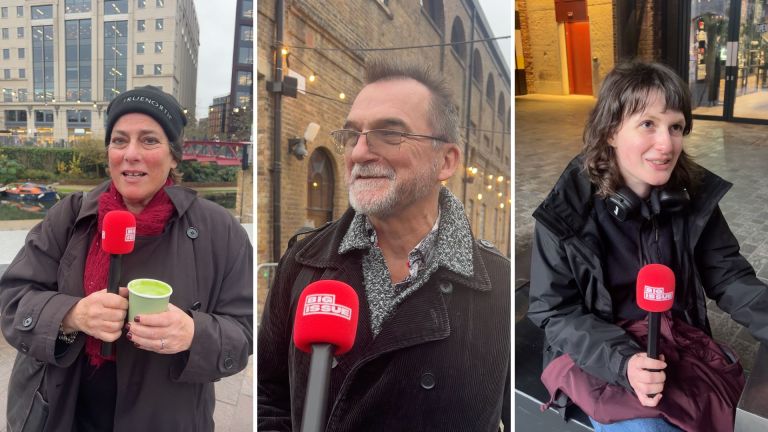When any child of the 90s finished school, chances are they’d stick the telly on and watch Ant and Dec living life at the fictitious Byker Grove youth club. Nearly two decades on, the show is coming back, but the lads sitting in a very real Byker youth centre at 4pm on a weekday have never heard of it.
The Chevron is a place to play a game of Fifa, beat a journalist at pool and perhaps even find a job. “It’s not the best space in the world, but we’ve tried to make the most of it,” says Jennie Maughan, a youth worker at the centre.
Those who come to the centre face obstacles rarely portrayed on mainstream TV shows: high levels of poverty, persistent school exclusions and gang violence on their doorsteps.
- North East mayor Kim McGuinness on ambition, austerity and why she’s the ‘ultimate pragmatist’
- This factory once made every single Rolo in the world. Its decline is a warning for UK’s leaders
“It’s one of the nicest communities ever, like. Everyone knows their neighbours, everyone can call on their neighbours if they need help, someone to look after their child, or some food or something,” says Maughan, who is the director of youth and community engagement for local charity Foundation Futures.
But struggles with youth violence can start as young as 11. “There are issues as well with postcode wars. Some young people can’t go to school, because it’s in the next area, which is literally a 10 minute walk down the street,” Maughan says. “They’re very aware of it, because the issue of youth violence happens on the streets, on their doorstep. So they can’t get away from it.”

Along with launching Ant and Dec’s careers with Byker Grove, Byker is famous for the Byker Wall, a grade two listed continuous block made up of 1,800 homes. Statistics tell their own story: unemployment sits at 6.3%, compared to 3.4% nationally. 43.1% of people 16 or over are economically inactive, compared to 39.4% nationally. As a region, the North East faces severe child poverty. One in four children live in poverty, with the number of those coming from working households on the rise. Do grassroots solutions, like those on display in this tiny youth club, hold the answer?










